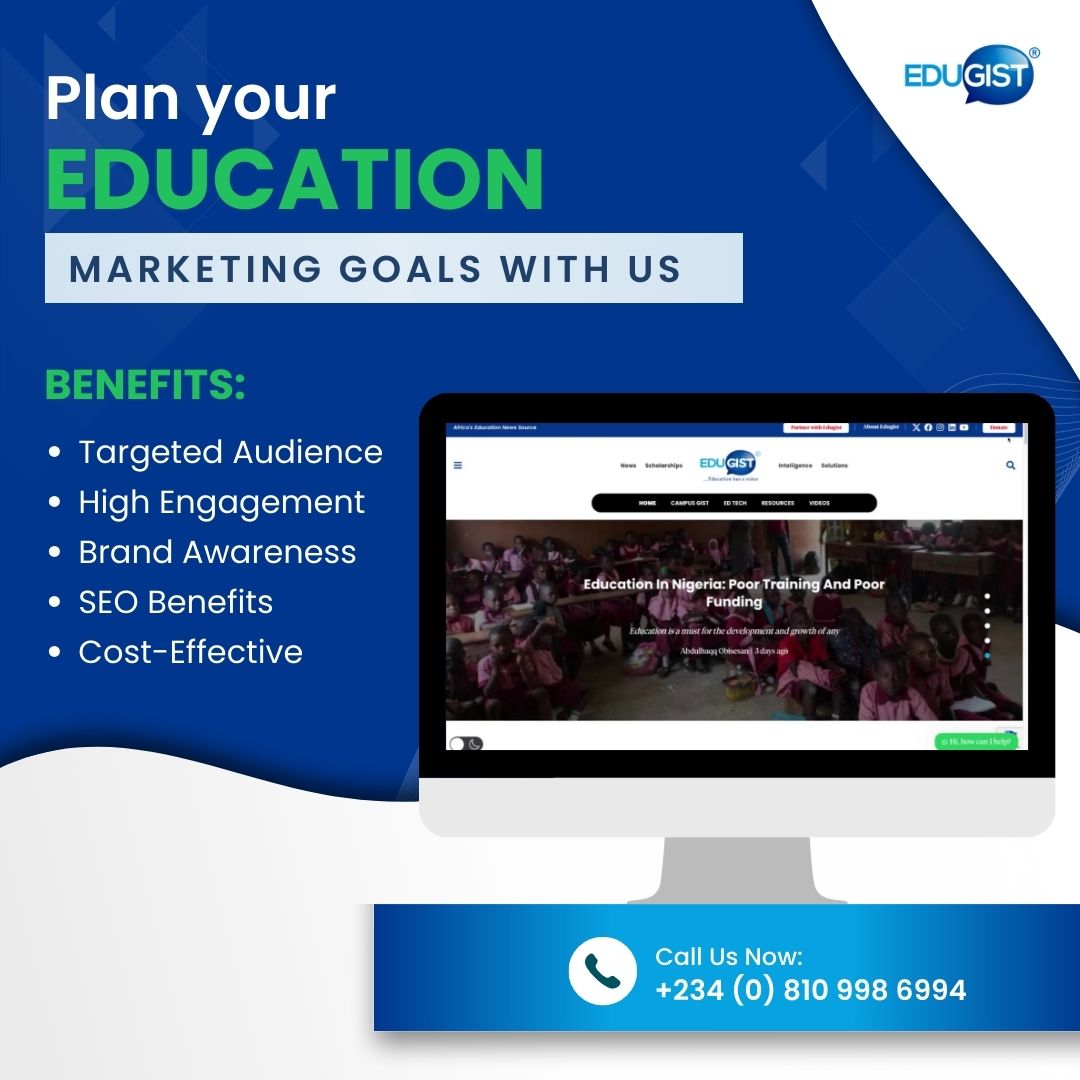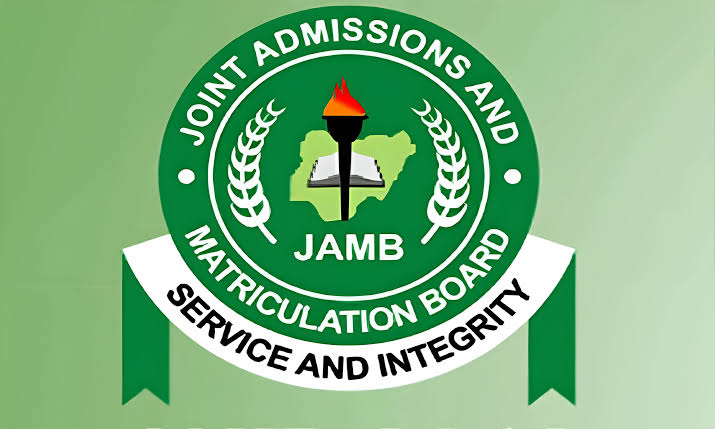Winning a scholarship can be life-changing, but securing one often requires a compelling personal statement. This is your opportunity to showcase who you are beyond grades and test scores. It is your chance to tell your story, share your aspirations, and prove why you deserve financial support for your education. However, writing a personal statement that stands out among thousands of applicants is no easy task. Many students struggle with what to say, how to structure their essay, and how to make it engaging.
A well-crafted personal statement should be authentic, engaging, and aligned with the scholarship’s values. It should highlight your academic achievements, career goals, leadership experiences, and any unique challenges you have overcome. Here is a step-by-step guide that will help you write an outstanding personal statement for scholarships
Step 1: Understand the Scholarship’s Mission and Requirements
Before you begin writing, take the time to research the scholarship provider. Each scholarship has specific eligibility criteria, values, and objectives. Understanding these will help you tailor your personal statement to align with what the committee is looking for.
Key Questions to Ask:
What are the values of the organisation offering the scholarship?
What qualities or achievements do they prioritise?
Are there any specific themes or prompts provided for the personal statement?
What is the word count requirement?
Studying previous winners’ essays (if available) can also give you an idea of what works.
Step 2: Brainstorm Your Story
Your personal statement should tell a story that reflects your passion, perseverance, and potential. Before writing, brainstorm key experiences that define who you are.
Consider the following:
Personal background: Have you faced challenges that shaped you?
Academic and career goals: What motivates you to pursue your chosen field?
Achievements: What accomplishments are you most proud of?
Leadership and extracurricular activities: How have you made an impact in your community?
Unique qualities: What sets you apart from other applicants?
Make a list of significant moments in your life that relate to these categories. Select the most compelling experiences to include in your statement.
Step 3: Craft a Strong Opening Paragraph
The opening paragraph is crucial because it sets the tone for your essay. It should be engaging, memorable, and provide insight into who you are.
Ways to start your personal statement:
A personal anecdote: Share a brief story that highlights your passion or motivation.
A thought-provoking question: Start with a question that makes the reader reflect.
A powerful quote: Use a quote that resonates with your goals or values.
A bold statement: Start with a strong claim about your aspirations or beliefs.
Example Opening:
“At the age of ten, I watched my mother juggle multiple jobs just to afford my school fees. That was the moment I decided I would work hard to create a future where financial barriers wouldn’t limit my dreams. Pursuing a degree in Economics is not just about personal success; it is about equipping myself with the knowledge to drive financial inclusion in underprivileged communities.”
This introduction immediately grabs attention and provides insight into the applicant’s motivation.
Step 4: Structure Your Body Paragraphs Effectively
After the introduction, use the body paragraphs to expand on your experiences and qualifications. A well-structured personal statement typically includes the following sections:
1. Academic Achievements and Career Goals
Discuss your educational journey, key subjects of interest, and how they relate to your long-term career aspirations. Show how winning the scholarship will help you achieve these goals.
2. Leadership and Extracurricular Activities
Highlight leadership roles, volunteer work, or community service projects. Scholarship committees value candidates who show initiative and commitment to making a difference.
3. Overcoming Challenges
If applicable, describe personal or financial challenges you have faced and how you overcame them. This demonstrates resilience, a quality many scholarship providers look for.
4. Why You Deserve the Scholarship
Explain why you are a strong candidate for this scholarship. Relate your experiences to the values of the scholarship provider.
Step 5: Conclude with Impact
Your conclusion should be powerful and leave a lasting impression. Summarise your key points and reaffirm your commitment to your academic and career goals. You may also express gratitude for the opportunity.
Example Conclusion:
“Receiving this scholarship would not only alleviate my financial burden but also bring me closer to my dream of becoming an environmental scientist who can develop sustainable solutions for our planet. I am eager to contribute my knowledge, leadership, and passion to this field, and I am committed to making the most of this opportunity.”
Step 6: Revise and Edit
Your first draft is just the beginning. Review your statement multiple times to ensure it is clear, concise, and error-free. Ask teachers, mentors, or friends to read it and provide feedback.
Checklist for Editing:
Does the essay answer the prompt?
Is it well-structured with a logical flow?
Does it have a strong introduction and conclusion?
Is it free from grammar and spelling errors?
Does it sound authentic and personal?
Step 6: Final Tips for Success
Be Authentic: Write in your voice and stay true to your experiences.
Stay Within the Word Limit: Follow the scholarship guidelines strictly.
Avoid Clichés: Be specific and provide unique insights.
Show, Don’t Just Tell: Use examples to illustrate your points.
Submit Early: Give yourself enough time for revisions before the deadline.
Writing an outstanding personal statement for scholarships requires careful thought, authenticity, and attention to detail. By understanding the scholarship’s mission, structuring your statement effectively, and highlighting your strengths, you can create a compelling essay that sets you apart from other applicants. Take your time, seek feedback, and remember—your story is unique, and that is your greatest advantage. Good luck!















